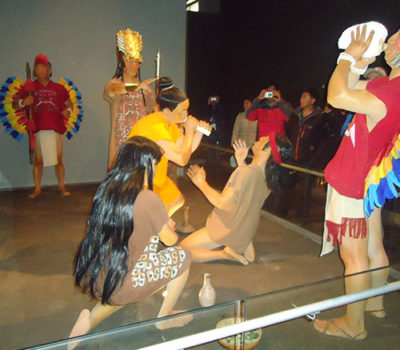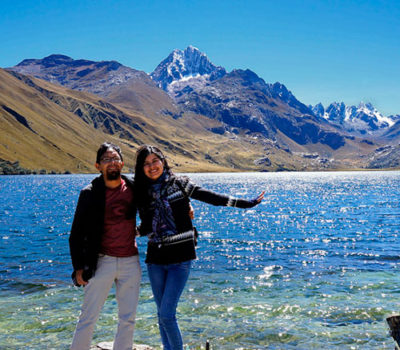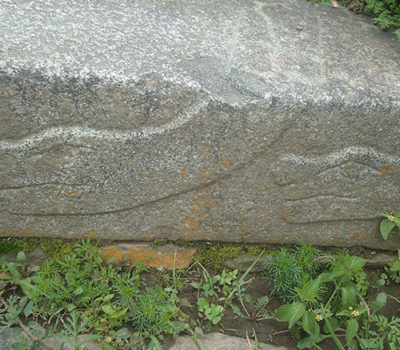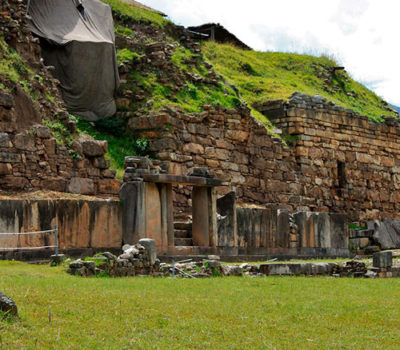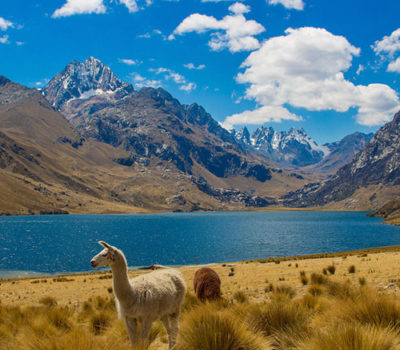Huaraz – San Patricio Cave (Recuay) – Catac – Querococha Lake – Cahuish Tunnel – Chavín Temple – Huaraz. End of Service.
About the trip
Chavín de Huántar is an archaeological site containing ruins and artifacts constructed beginning at least by 1200 BC and occupied by later cultures until around 400-500 BC by the Chavín, a major pre-Inca culture. The site is located in the Ancash Region of Peru, 250 kilometers (160 mi) north of Lima, at an elevation of 3,180 meters (10,430 ft), east of the Cordillera Blanca the start of the Conchucos Valley. Chavín de Huántar has been designated a UNESCO World Heritage Site. Some of the Chavín relics from this archaeological site are on display in the Museo de la Nación in Lima and the Museo Nacional de Chavín itself. Occupation at Chavín de Huántar has been carbon dated to at least 3000 BC, with ceremonial center activity occurring primarily toward the end of the second millennium, and through the middle of the first millennium BC. While the fairly large population was based on an agricultural economy, the city’s location at the headwaters of the Marañón River, between the coast and the jungle, made it an ideal location for the dissemination and collection of both ideas and material goods.
The beginning of the tour is at 8 AM. We leave toward the south on the Conchucos highway. It is about 3 hours in bus. On the way we observe Lake Querococha with an impressive coloring, with a greenish spot. Ascending more we pass the Cahuish Tunnel, which is at 4,550 meters above sea level. After that we descend until we arrive at Chavin. It takes us 1 hour to visit the Chavin Temple and at the end we return for about 3 hours to Huaraz.
Duration: 1 Day
Altitude: 3,150 meters above sea level
Distance:110 km
Season: all year

